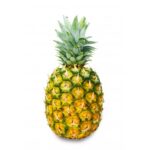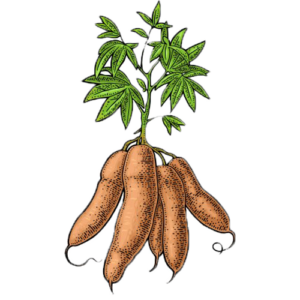
Casava Plant
Cassava Exporter
www.gudangsabu.com is platform seeks to provide information that will improve cassava yields, cassava root quality, cassava supply to the processing sector, and fertilizer sales, as well as help reduce the drudgery involved in weeding cassava farms across Indonesia.
Cassava (Manihot esculenta), also known as yuca, manioc, or tapioca plant, is a woody shrub native to South America and is extensively cultivated in tropical and subtropical regions for its edible starchy tuberous root, which is a major source of carbohydrates.
Why choose us?
Shipping worldwide
Warehouse and large stock
Adequate equipment
Trusted partners and products
Our Mission
Our mission is to help cassava actors especially farmers with the right information that will help them to maximize and increase the yield of cassava thereby creating wealth for cassava farmers through improved technologies while empowering them with the knowledge and information that will help transform rural livelihoods.
Fruit and vegetable products










Spices products
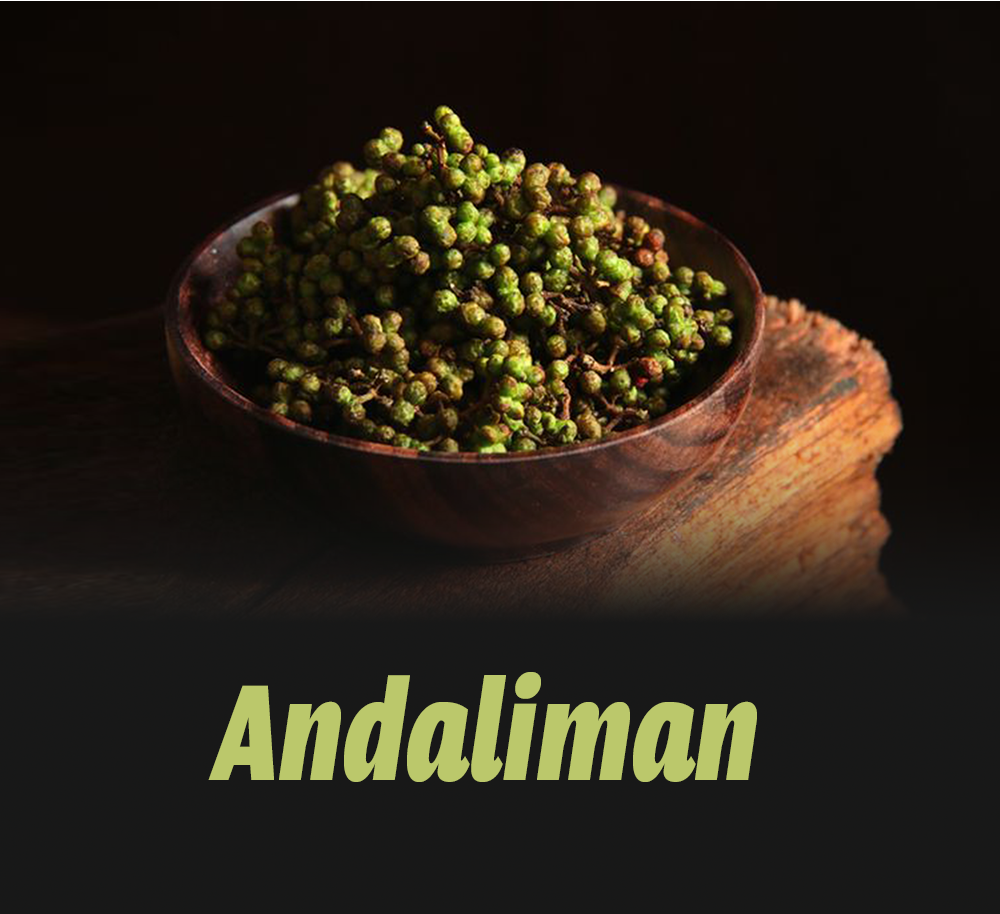
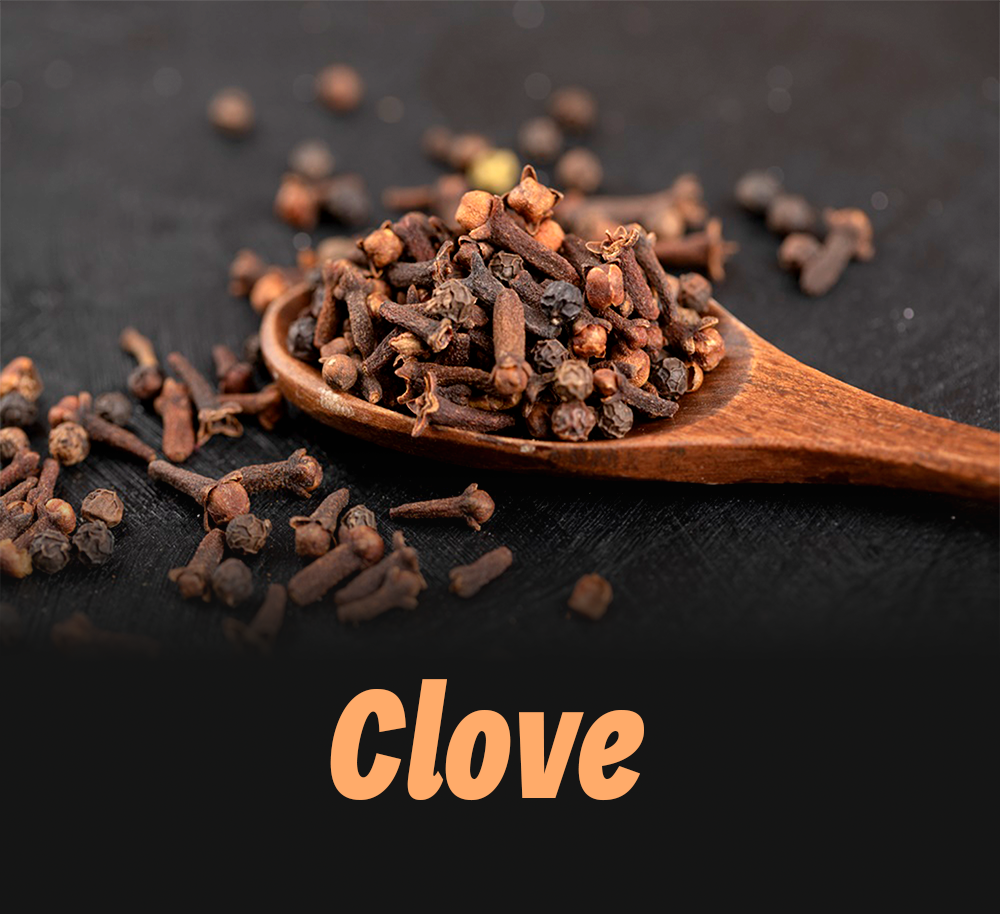

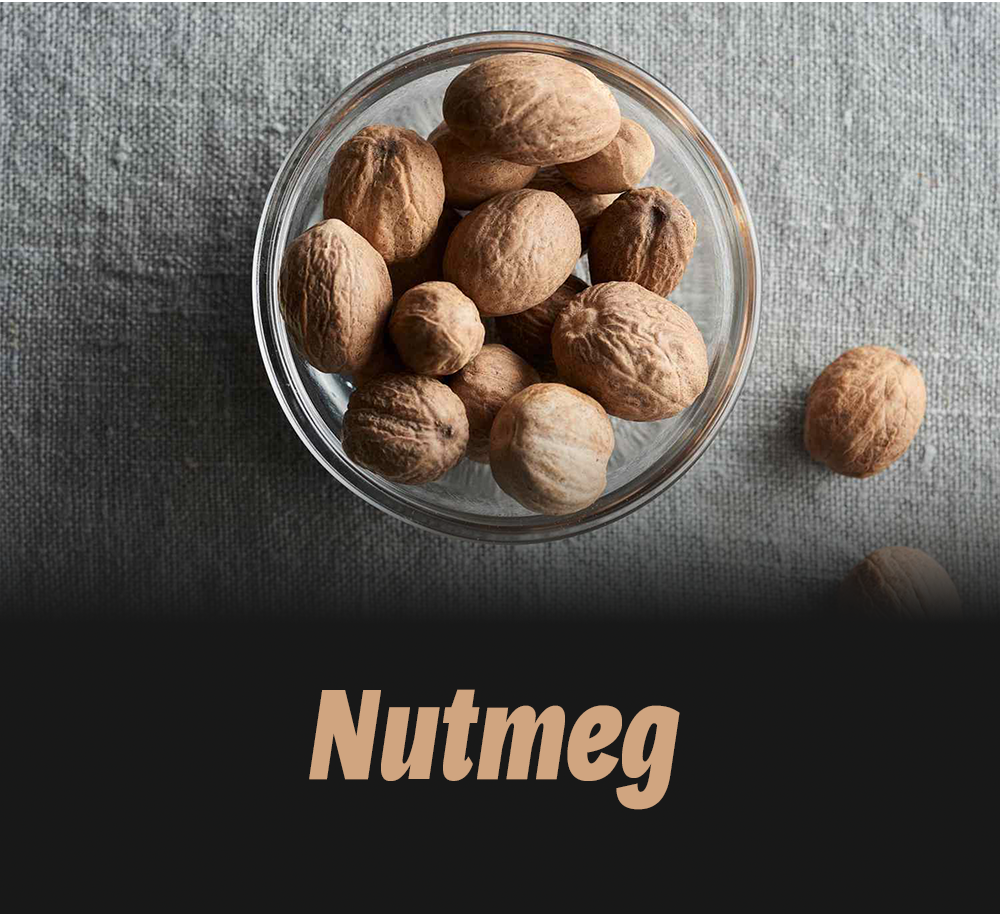
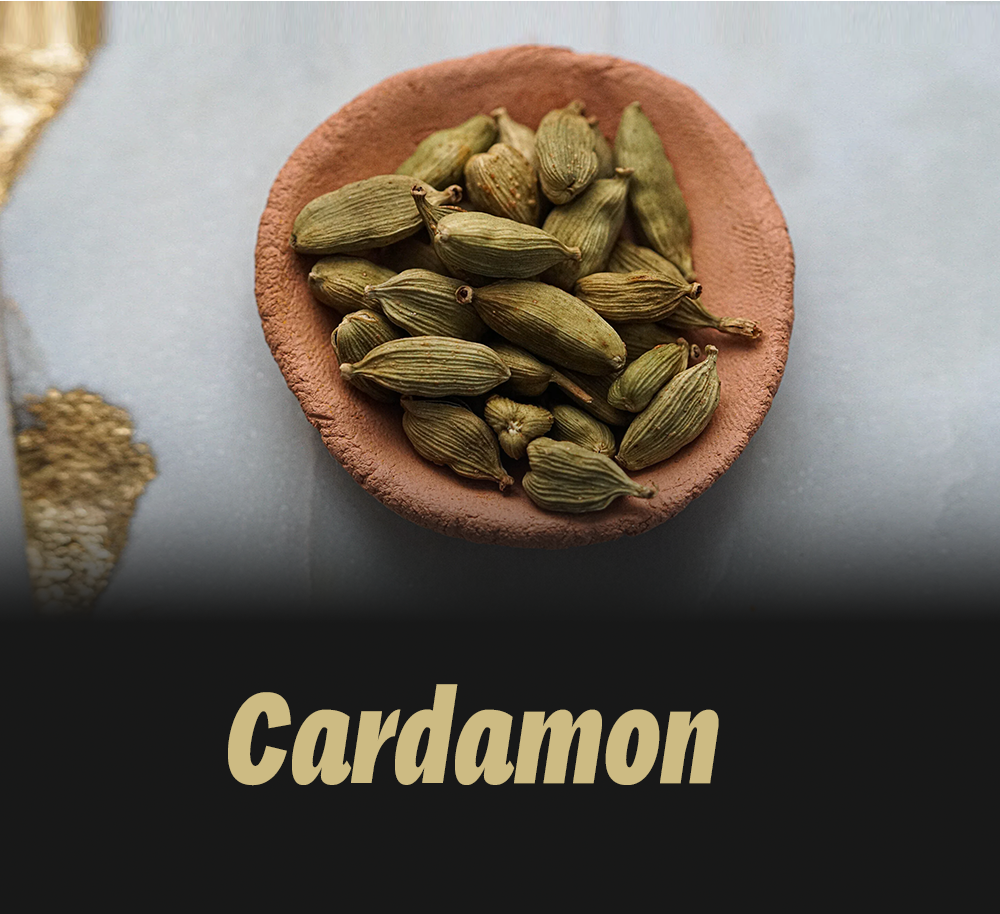

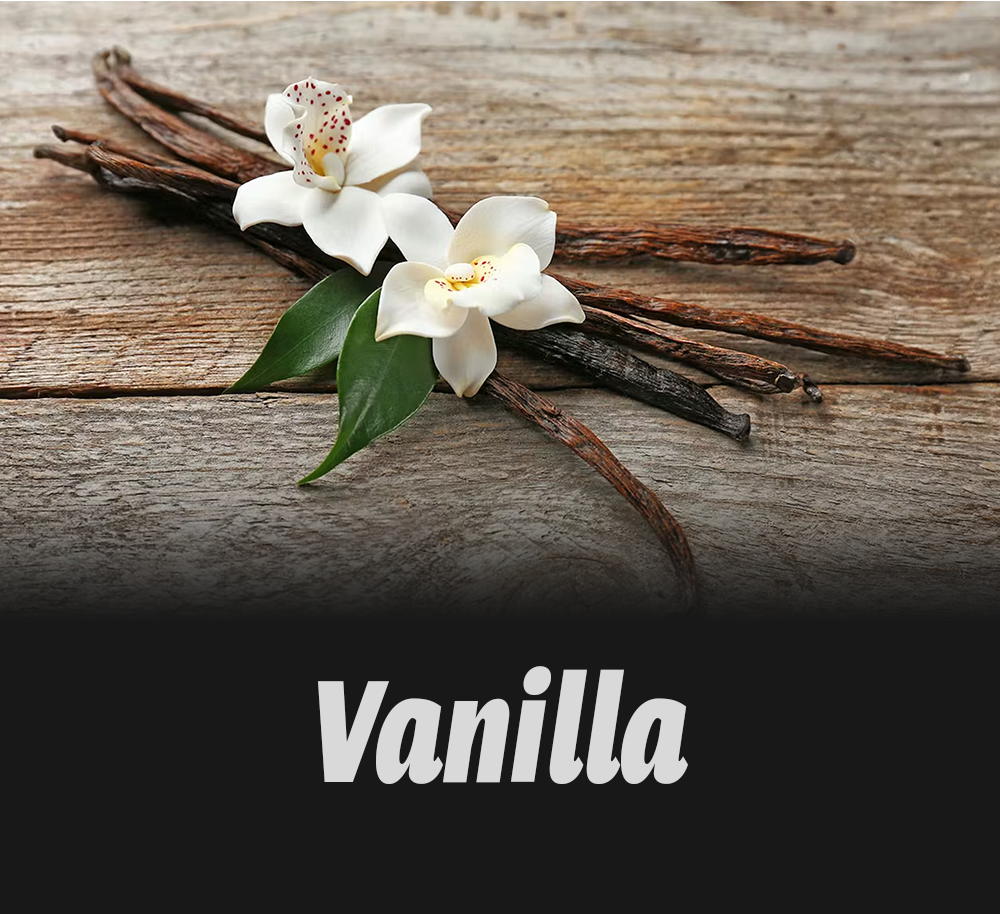
Contact Us
PT MITRA DAGANG NAGARI
Anda dapat menghubungi kami di :
No Hp : +6282171808797 (Indonesia)
Email : admin@gudangsabu.com
Alamat : Jl. Raya Bukittinggi – Payakumbuh Depan Puskesmas, Tabek Panjang, Kec. Ampek Angkek, Kabupaten Agam, Sumatera Barat 26192
About Cassava
Botanical Characteristics
- Family: Euphorbiaceae
- Appearance: Cassava plants typically grow to a height of 1-3 meters. They have lobed leaves and produce roots that can be quite large and elongated.
- Roots: The tuberous roots are the primary part used for consumption. These roots have a brown fibrous skin and a white or yellowish flesh.
Cultivation
- Climate: It thrives in tropical climates with full sunlight. It is drought-tolerant and can grow in poor soils where other crops might fail.
- Propagation: It is usually propagated from cuttings of the stem rather than seeds.
- Growth Cycle: The roots can be harvested from 6 months to 3 years after planting, depending on the variety and growing conditions.
Nutritional Value
- Carbohydrates: It is rich in carbohydrates, primarily in the form of starch.
- Vitamins and Minerals: It contains vitamin C, thiamine, riboflavin, and niacin. It is also a source of calcium, phosphorus, and potassium.
- Gluten-Free: It is naturally gluten-free, making it a good dietary option for those with celiac disease or gluten intolerance.
Uses
- Culinary: It can be cooked in various ways, including boiling, frying, and baking. It is used to make tapioca, a starch extracted from It root, and various traditional dishes in different cultures.
- Industrial: It starch is used in food processing, textiles, paper production, and as a binding agent in pharmaceuticals.
Health Considerations
- Cyanogenic Glycosides: Raw cassava contains natural compounds called cyanogenic glycosides, which can release cyanide. Proper processing (such as soaking, cooking, or fermenting) is necessary to reduce these compounds to safe levels.
- Nutritional Limitations: While cassava is a good source of energy, it lacks significant amounts of protein and other essential nutrients, so it should be part of a balanced diet.
Economic Importance
- Food Security: It is a crucial food security crop in many developing countries due to its adaptability and high yield.
- Cash Crop: It is also an important cash crop for many farmers, contributing to rural economies.


